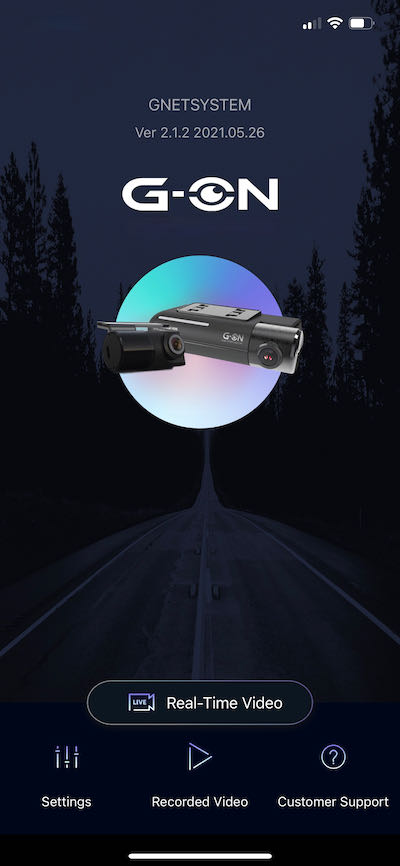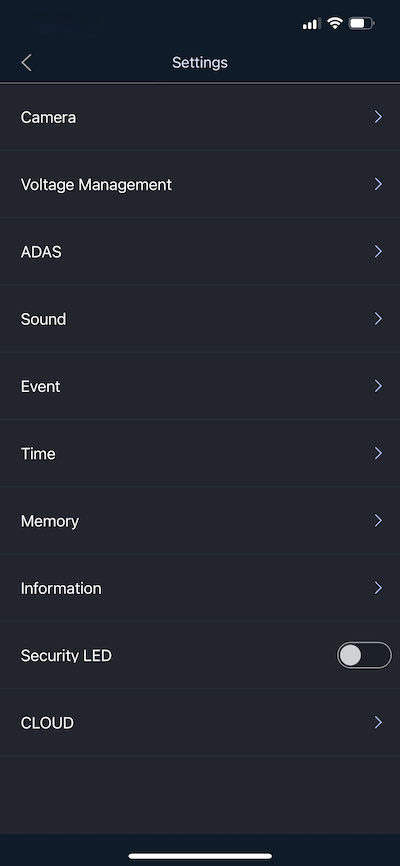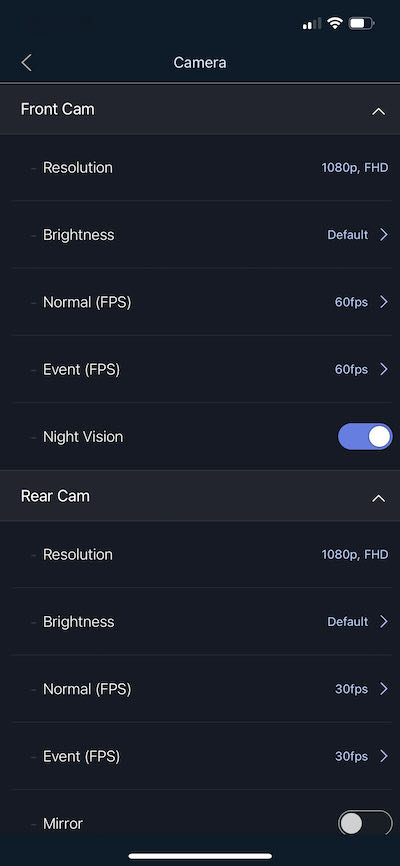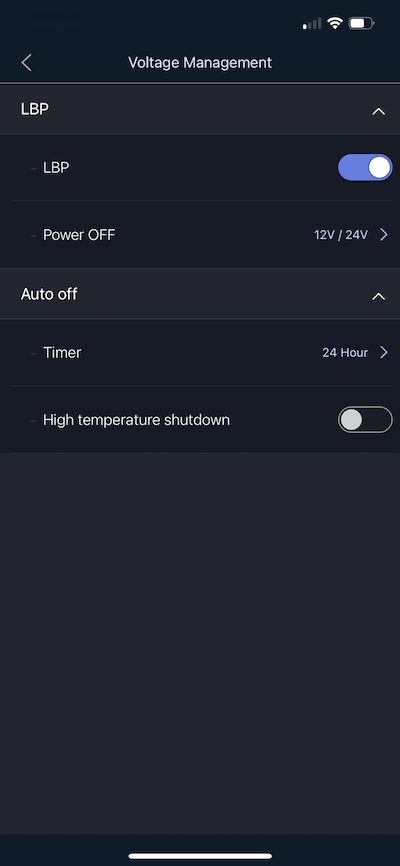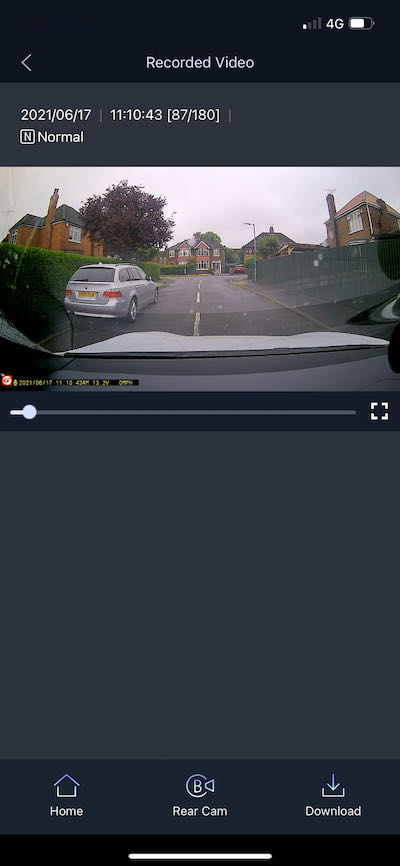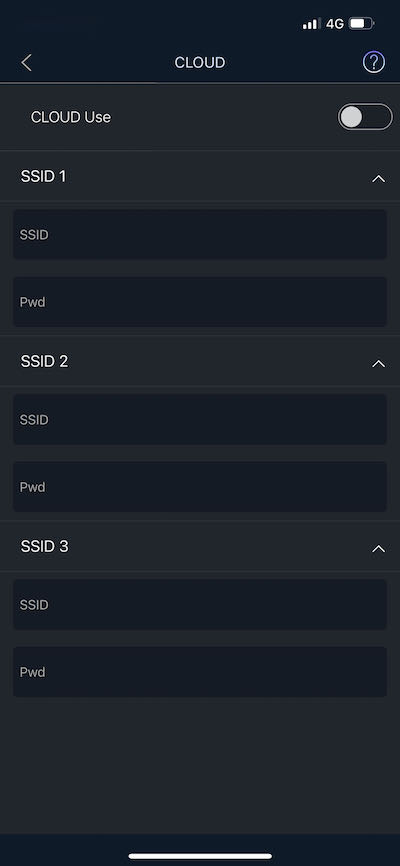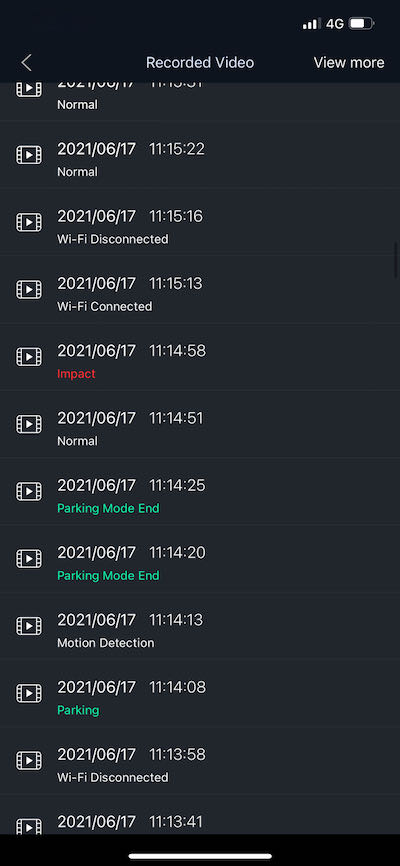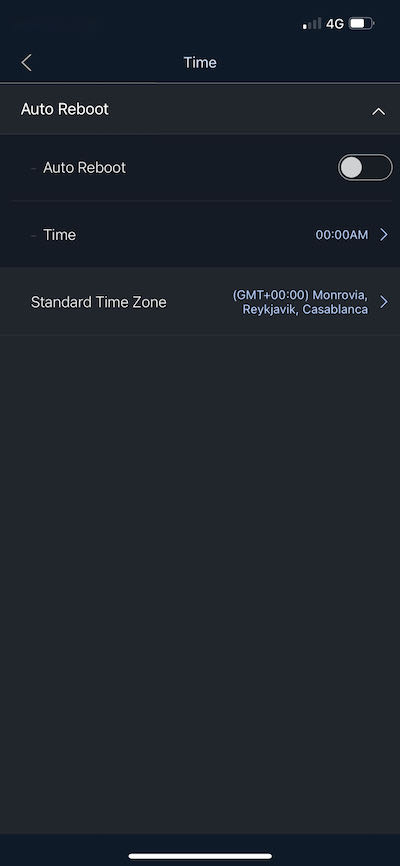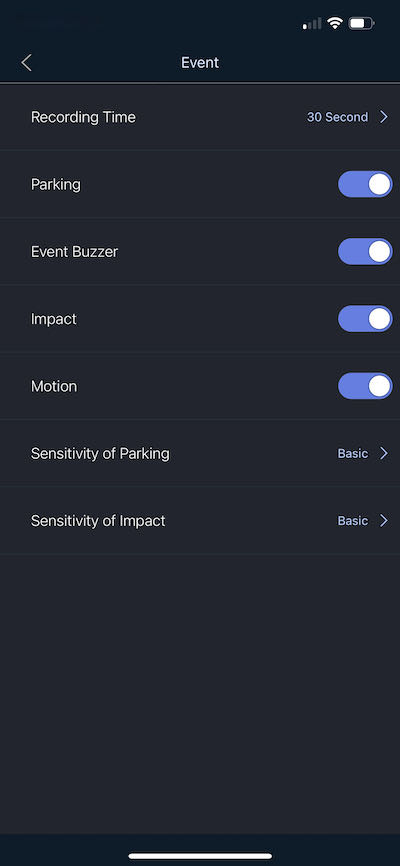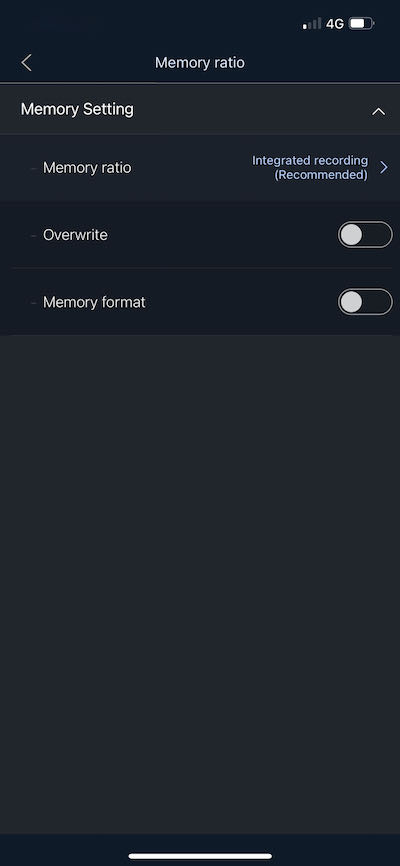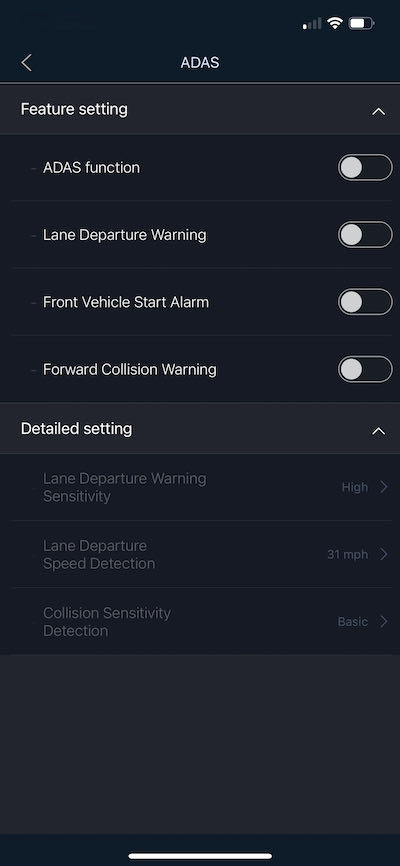GNET G-On Dashcam - never lose a video
- David Johnson
- Apr 14, 2023
- 7 min read
Updated: Nov 15, 2023
Korean manufacturers have been pioneers of Dashcam technology for many years with the current well known leading brands in the world coming from Korea. However the market is flooded with dash cams, some good, some not so good and some, well, you take a risk if you think you might be getting a bargain because its cheap to only find an issue when you need that bit of important video.
The Gnet G-ON dash cams have some impressive features that no other dashcam has, and they're very important useful features too.
The current line up that we supply & fit are the G-ON (1080p) the G-ON2 (2k) the G-ON3 (2k 3 channel) and lastly the MVR G1 which is a fully waterproof Motorcycle Dashcam.
Three models are 2 channel (front and rear camera) systems with the G-ON3 also sporting an extra internal 180 degree infrared camera.
The G-ON and G-ON2 are similar in design with the G-ON2 and G-ON3 having a higher resolution front camera with a Sony Starvis sensor to give a 2k resolution video image and an improved low light image.
The Dashcams are slim units that mount to the windscreen with a discrete black 3m pad and have a variety of inputs on the back for you to connect:

GPS receiver
Rear camera
Internal camera (G-ON3)
HUD (we're currently testing this)
A cable for the OBD 2 data port (read multiple data from your vehicle)
USB connection for the Wi-Fi dongle and the LTE dongle for cloud access once you have inserted a Data Sim card.
GNET say that you will also be able to use an external SSD hard drive in the USB slot with the use of a USB hub
Micro SD slot that takes 8gb right up to a massive 512gb
GNET G-on Dashcam
GNET use their own proprietary TRUE format free technology and this means that you don't have to periodically format the memory card (although having said that there are many other Dashcam's out there whereby it's recommended to format them every three months even though they are format free).

Once installed the cameras power up and politely let you know that they are recording in glorious HEVC (the newer video codec that uses less memory). There are two LEDs on the underside of camera to indicate when there is video recording happening and also to show you have a GPS satellite lock (Audible alerts also indicate the same).
There is a long strip LED at the front of the camera that you can enable or disable as you wish. This is a nice deterrent to show that you have a dash cam recording the exterior of the car and shows a swooping white light (knight-rider style).
Writing on the top of the camera also points out that the camera uploads to the cloud with the wording G-SYNCLOUD. Incidentally the cloud upload function is instantaneous, so if your vehicle were to have an impact whilst parked the footage would be in the cloud within seconds. Should you wish to utilise the cloud functions then you would need to have the LTE cloud dongle installed and a data Sim which we hope to be offering on a subscription plan later on.
There is a cloud connecting app coming soon and you can access all of the cloud functions via a web browser on a PC or Mac or even on your mobile phone using the same.
There are three different cloud pricing structures however the free version will suit the majority of customers and is very comprehensive.

There are two buttons on the camera, the button on the side is a power button that powers off the camera by pressing and holding the button on the side for three seconds (ideal for when the car goes in for a service). You can also if you wish press the button quickly and this will turn off the Wi-Fi or LTE, good for those that still like listening to DAB radio as this may cut down interference.
The button on the underside of the unit is used to pair your iPhone / Android phone so that you can then connect to the Wi-Fi and use the Dashcam app. The same button will also change modes from Wi-Fi to LTE/cloud use if you hold it for three seconds.
The app on the iPhone and android are identical which is nice to see so when we are running through the app with customers the same functions can be shown no matter which device they have.
Within the settings on the app you are able to change various functions of the camera. This includes: frame rate, low battery protection voltage limit (so that you can make great use of the parking mode recording facility without draining your vehicle battery), Night vision, security LED, High temperature shutdown, timer, Cloud settings for your wireless hotspot, parking mode settings including motion and impact protection sensitivity, Advanced Driver Assist functions and memory card functions.
Downloading video is quick and simple, just scroll through the list of video footage, select and hit the download button. The one thing we liked about this was, when you download the clip on the iPhone it downloads straight into your photo library as oppose to downloading the video to the app and then having to copy the video from the app into your library. This one click action downloads the video and places it straight in your library in one go.
The video quality was exceptional with the G-ON dashcam having very colourful 1080p video from both front and rear cameras with the front sporting 60fps and the rear camera 30fps.
Parking mode is automatic and this drops the frame rate to 1 fps so that you get a much longer time recording to the memory card.
However, the camera jumps to life if there is any motion near your vehicle, the camera automatically steps up the video to 10 fps.
Should an impact occur, the camera automatically starts recording at 60 fps and 30 fps (rear).
Impact/event clips are automatically uploaded to the cloud if you have this configured.
G-ON Dashcam Mac app
The majority of dashcams record standard MOV/MP4 video files to the memory card and part of that process means the card must be formatted in a "pc" / fat format beforehand, NOT Gnet dashcams, read on!
When we realised these cameras didn't have lithium backup batteries or super capacitors we were curious as to how the video files were written and closed off in case of a power cut or issue with power as the majority of other Dashcams have either lithium backup batteries or a super capacitor to stop this corruption.
The reason for this is simple, Dashcam is normally have a fat file system and write the video files directly to the memory card. Should a loss of power occur whilst the Dashcam is writing the video file to the memory card then this would result in a corrupted video file and maybe even corrupt the Dashcam memory. You would then have to try and recover the broken video files with data recovery software if you are able to and then you would need to format the memory again in order to clear the corruption.
We also noticed once the memory card was inserted into the G-ON camera it filled all of the card with JDR data files. For instance a 32 GB card will have been filled with hundreds of these files within seconds of the memory card being inserted into the camera.
What is a JDR file?
The JDR file system was actually created by GNET around nine years back. You could compare it to a raid system in a PC. Each JDR file is around 160 MB in size and should the memory card develop a fault and lose any of the JDR files, your video will be safe, as in principle there is a certain percentage of the memory card that is used for parity and protection.
As a rough guide there is a buffer reservation of 1 GB for a 32 GB micro sd card so you could have up to 1 GB of corruption and your video files will still be safe. For 64 GB you can afford to lose 2 GB of files and for 128 GB you can afford to lose 4 GB of files. 512 GB will allow you to lose 16 GB of files and guess what, your video will still be safe!

You cannot read these files directly however if you were to insert the memory card into a Mac or PC and use the GNET viewer you are able to view video files with these along with a map of where your vehicle has been with speed data / location.
The files are actual data files that contain video data along with parity security information to safeguard the video data.
But what is more interesting about these cameras is how the JDR system works with the Dashcam CPU. We tested multiple things like pulling the power whilst the Dashcam was recording and also removing the memory card whilst the Dashcam was recording and also then pulling the power.
Amazingly no video corruption occurred nor did we have to format the memory again nor did we lose any video when we ejected the memory card from the camera whilst it was powered on. The camera still managed to record milliseconds of information right the way up until the memory card was being rejected.

JDR, G-ON's unique data protection system saves a set of data up to 0.001 seconds after the moment the power cuts off, resulting in 0% data loss while the data of other conventional systems are corrupted.
So in our experience this is a GREAT function of the Dashcam because of the constant writes to a memory card, it's extremely important that the Dashcam or the Dashcam file system are as good as the above. Otherwise, what's the point of having a Dashcam only to find that the memory card has been corrupt or you have lost your video files?
So, if you're looking for a dashcam with amazing video quality that you can upgrade easily to use the cloud that also has a bulletproof video recording function with corruption prevention, G-NET is for you.
If you found anything of interest, please do share this post with your friends, groups, forums by clicking the icons at the bottom of this page 👇🏻










